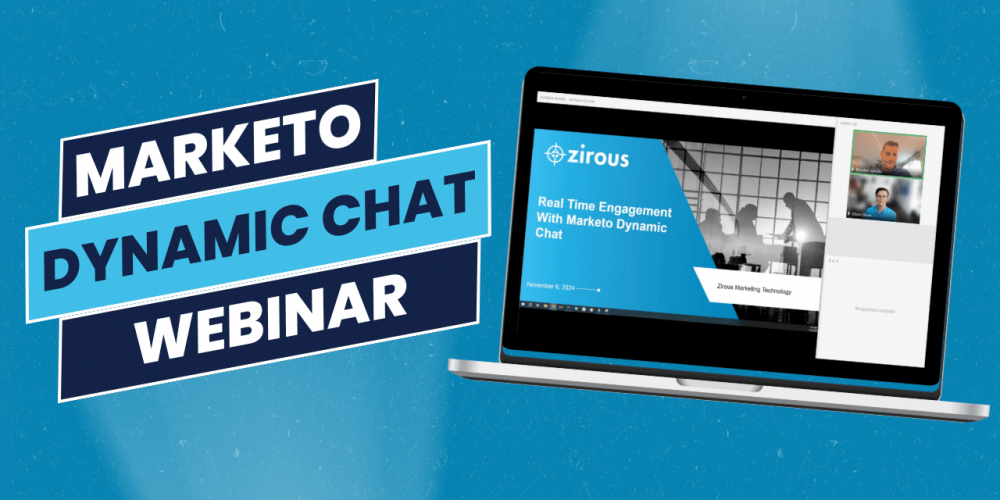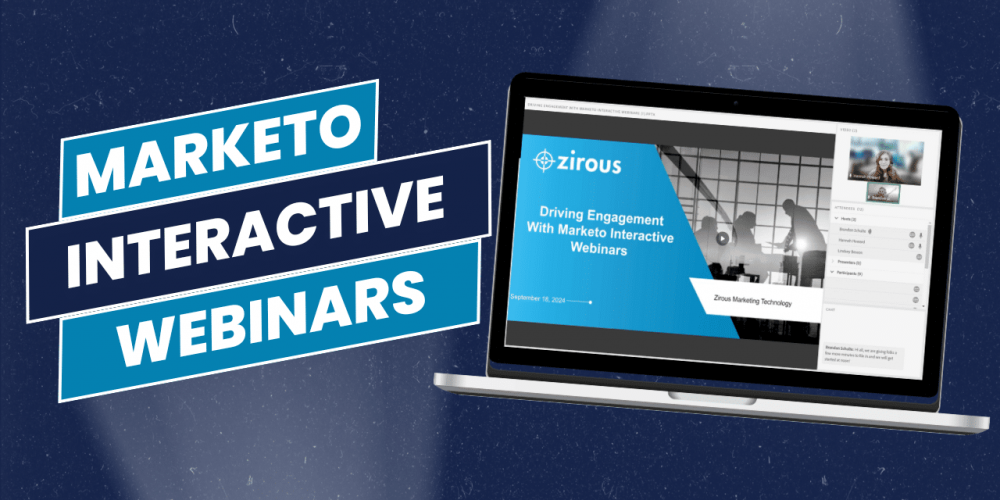Looking to enhance your website's engagement and capture valuable leads in…
The game has changed. Consumers demand more than ever. Return customers aren’t just buying your product, they are buying the experience that goes along with it. So what should we do to improve the customer experience and make them want to come back again and again?
Is that question being asked at your organization? You’re not alone. 32 percent of CMO’s rank CX as a top-3 priority according to a 2018 Gartner survey. But in order to make your CX initiatives worthy of long term funding, you have to measure and prove what’s working and what’s not. That’s where data and analytics come in.
Wouldn’t it be nice if you knew what kind of products will be popular with your customer next month? Think about it. Imagine being able to adjust your inventory based off of recognized trends, or react to what your customers are saying across all channels in real-time, or understand how your digital campaigns are affecting in-store purchases. How much would that accelerate your business?
Prescriptive Analytics Definition: Bigger Than “Big Data”
Prescriptive analytics is what can reveal those levels of insights to you. We can take the data our customers give us, gain insights about what it says about their future behavior, and then act to reap big rewards. That action is what makes prescriptive analytics different. Most future-focused businesses are now understanding that just “having” data, even “Big” Data, isn’t enough.
Prescriptive analytics is when you use that data to inform and take business action. Descriptive, diagnostic, and predictive analytics all play a part and feed into your ability to empirically act, quickly, to reap bottom-line benefits. And setting up the capabilities to track that effect on the bottom line is key; Gartner also predicts that by 2022, profitability will replace customer experience as the CMO’s No. 1 strategic priority.
Types of Analytics
Prescriptive Analytics Prioritize Customer Experience
And it’s why prescriptive analytics is the answer to that question we started with – what should we do to create a referral-worthy customer experience? As organizations striving to be insights-driven, we have to abandon analytics that don’t lead us to better actions and decisions. Because otherwise, what’s the point?
Our customers are craving contextualized, relevant experiences that reward their most precious resource: time. A survey conducted by Accenture found that 91 percent of retail customers prefer brands that offer personalized offers and recommendations. And they’re willing to authorize the collection of their data to get it: 83 percent through passive collection (such as from their device or browser), and 74 percent through active collection (such as answering survey questions or filling out forms). You just have to prove there is value to the consumer in that transaction — their data for your service.
So if you are struggling to collect adequate data from your customers, maybe you need to ask: are you offering a service that is resonating with your audience? Think about companies like Netflix and Amazon. They use your data to suggest things to watch or to buy; and while you know they are collecting your data, you see the value in the convenience they are able to offer you in return.
Once you have that data there are techniques like machine learning and streaming analytics available that can help turn it into prescribed actions for impact. At Zirous, we help our clients use these tools to segment customers and personalize their experience based on expressed and implied preferences, monitor and optimize the customer journey across all channels, and more – but the end game is always action that makes a difference in the experience your customers have, and in the profits you gain.





This Post Has 0 Comments